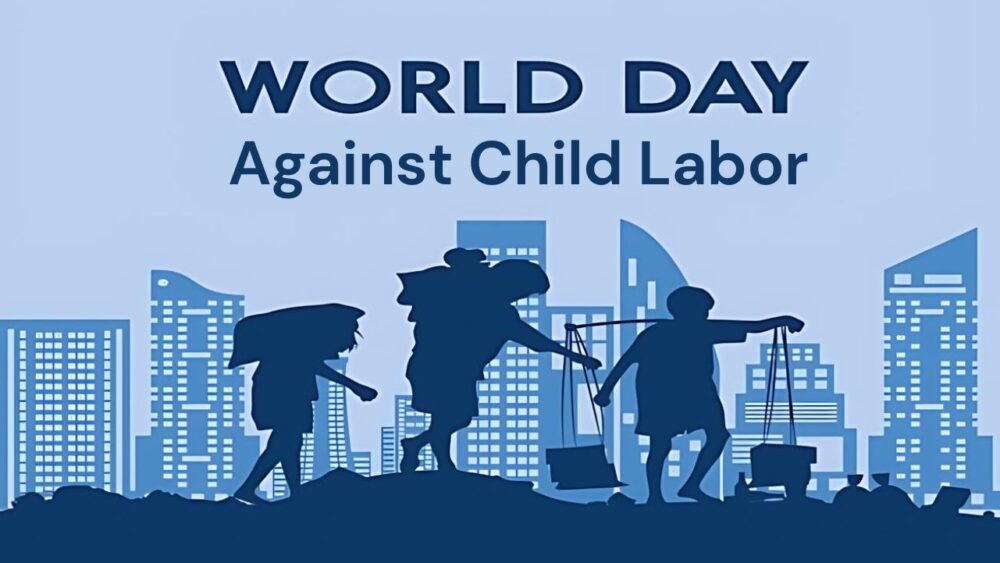

Home > News > 10 Facts About Child Labor Every Parent Should Know

Written by Leon B. Wellington, President | Published: June 12, 2024 at 5:06 am
Did you know that many children right here, not far from the sunny shores and vibrant communities we love, face the harsh realities of child labor daily? It’s a hidden issue that tugs at the fabric of our society, affecting kids who should be enjoying their youth and education.
In this blog, let’s explore ten important facts about child labor that every parent should know. By shedding light on these truths, we aim to foster awareness and encourage action to protect our children and ensure they have the opportunities they deserve.
Many children in our communities are part of a hidden workforce, engaged in jobs that are often overlooked by society. These young workers are found in places like family businesses, agriculture, and street vending, where the line between helping out and labor can blur.
This involvement often means long hours of work that can interfere with their schooling and harm their physical and mental development.
For child laborers, education often takes a backseat. Required to juggle between school and work, many of these children struggle to keep up with their studies. Absenteeism is common, and the exhaustion from work leads to poor academic performance.
This educational neglect sets a cycle of limited opportunities, as these children may not reach their full potential, perpetuating the cycle of poverty.
Child labor is not just a threat to educational achievement; it poses significant risks to physical and mental health. Children in labor-intensive jobs may face dangerous machinery or toxic substances without proper safety measures.
The physical strain can lead to injuries and long-term health issues, while the psychological impact of strenuous work can cause emotional distress and developmental problems.
While laws exist to protect children from labor, enforcement often falls short. Legal loopholes allow some forms of child work to persist under the guise of family assistance or cultural practice.
The lack of robust monitoring and enforcement mechanisms means that many children continue to work without the protections they legally deserve.
Poverty is a driving force behind child labor. In households struggling to make ends meet, children are often seen as additional earners to help support the family.
This economic necessity forces children into the workforce at a young age, depriving them of their childhood and the education that could lift them out of poverty in the long run.
The burden of balancing work and school can take a significant toll on a child’s mental health. Child laborers often experience stress, anxiety, and depression.
The lack of free time for play or social activities, which are crucial for healthy psychological development, can lead to feelings of isolation and emotional neglect.
Gender plays a role in the impact of child labor, with girls often facing additional burdens. In many cases, girls are expected to manage both work and household chores, further limiting their time for education and personal development.
This dual burden can exacerbate gender inequalities and limit the future prospects of girls even more than boys.
Community awareness and intervention can play a crucial role in combating child labor. By fostering a supportive environment that values education and child welfare, communities can discourage child labor practices.
Local programs and initiatives aimed at supporting at-risk families can reduce the reliance on child labor and promote better outcomes for children.
Support systems, including extended family, schools, and community organizations, are vital in providing safety nets for children at risk of labor. These systems can offer alternative solutions like scholarships, tutoring, and afterschool programs, which help keep children in school and out of the workforce.
Advocacy is key to driving change and ending child labor. By raising our voices, participating in community outreach, and supporting policies that protect child workers, we can make a significant impact.
Awareness campaigns and advocacy efforts can help shift public perception and encourage legislative changes that prioritize child welfare and education.
Understanding these facts about child labor is just the beginning. We must take action to ensure that all children have the opportunity to grow, learn, and play in environments that nurture their potential. It’s our collective responsibility to advocate for policies and practices that protect our young ones from exploitation.
Learn more and get involved by visiting efccinc.org to see how you can make a difference in the lives of children right here in our community.
If this article has been helpful to you, share your thoughts with us at info@efccinc.org.
To keep abreast of our latest news and events subscribe to our newsletter by clicking the SUBSCRIBE BUTTON.
Written by Leon B. Wellington, President
Written by Leon B. Wellington, President
Written by Leon B. Wellington, President
Written by Leon B. Wellington, President
Written by Leon B. Wellington, President